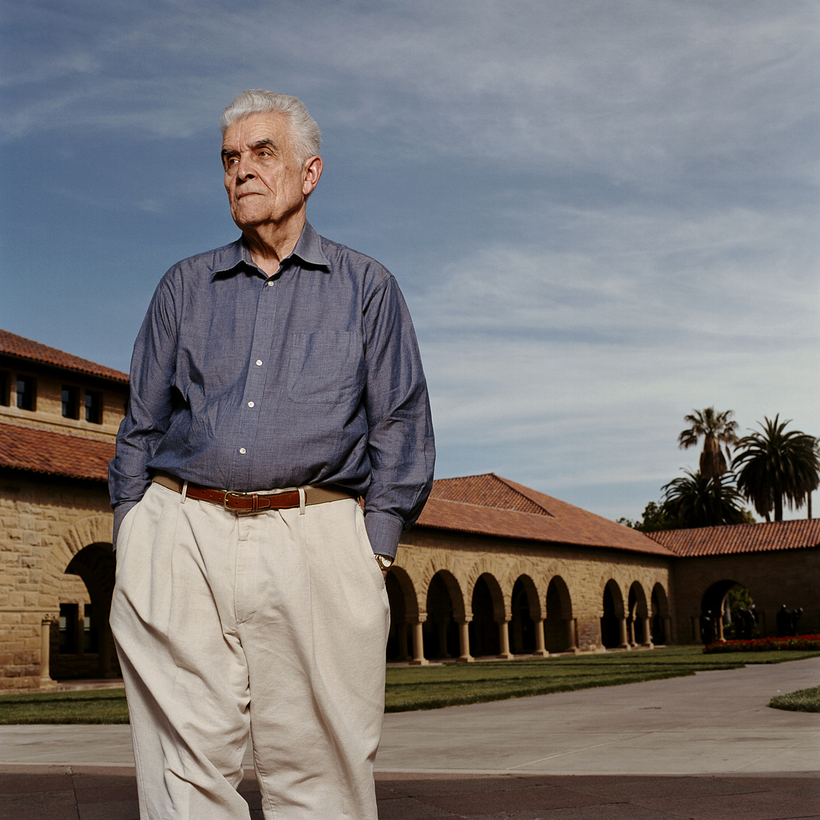“When do you become yourself?” How Emerson became Emerson.
September 17th, 2024
“I’d say you’re always involved personally with the biography you’re writing, no matter how hard you work to muss the trail.” That’s what friend and fellow author James Marcus told me some time ago.
He ought to know. He’s the celebrated author of Glad to the Brink of Fear: A Portrait of Ralph Waldo Emerson, newly out with Princeton University Press. I’ve been following James’s long labor for a dozen years. It has been more than a “personal” saga for the author of Amazonia: Five Years at the Epicenter of the Dot.com Juggernaut.
I’ve been on the road, so I’m a bit late to the table. Here’s what Lawrence A. Rosenwald concluded in his New York Times review: “If this were a show — a staging of a masterpiece — I would pay good money to see it. Not because it is perfect or unprecedented, but because it is alive and provocative.“
More words. This from Connor Harrison’s in the U.K.’s Review 31:
Glad to the Brink of Fear: A Portrait of Ralph Waldo Emerson is, before anything else, a personal text. That is a difficult distinction, generally, especially when addressing Emerson, and even more so when discussing a biography about him. ‘All history becomes subjective,’ he writes in ‘History,’ ‘in other words there is properly no history, only biography.’ What has passed before our time remains a dead text without translation. It is only at the point of contact — at the moment of subjectivity — that history can be said to exist at all. When Emerson says biography he of course means the life we have now, as it grows and will be read in another present. But Marcus has not written a traditional biography, though biography certainly occupies the majority of his book. Glad to the Brink is a personal text because it is about Marcus, the point at which Waldo became subjective, or when the former discovered in the latter something of ‘[h]is own secret biography [. . .] in lines wonderfully intelligible to him, dotted down before he was born.’

“A portrait, then, is an appropriate subtitle, since it is made up as much of the sitter as it is of the paintbrush. Glad to the Brink moves from chapter to chapter, decided not by chronology or analysis, but by emotion; by proximity; the occasions when, as Marcus puts it, the spectre of American letters ‘spoke to me most directly’.
“The result is a flesh-and-blood Waldo, ageing and suffering the degradations of lecture tours and unwanted social calls, the humid nights spent with women and men on his mind, days and years worn into his desk, relatives passing out of his hands and into the Sleepy Hollow cemetery. Marcus’s prose, as well as his choice of scenes, complements this physicality. Unlike Waldo, he is conversational, practical. ‘When do you become yourself?’ he writes in the first chapter. ‘[T]he question is trickier than it sounds. At birth, we are presented with the raw materials of identity. But these are almost random. They are winnings from a game of genetic roulette, just waiting to be cashed out. What comes next is a long trek down the wind tunnel of childhood, the buffeting impacts of family and society and religion.’”
Andrew Epstein writing in The Times Literary Supplement, which calls him a “marvellous stylist.” He writes: “For Marcus, Emerson ‘was an aphorist forever seeking the minimalist blow to the head.'”












